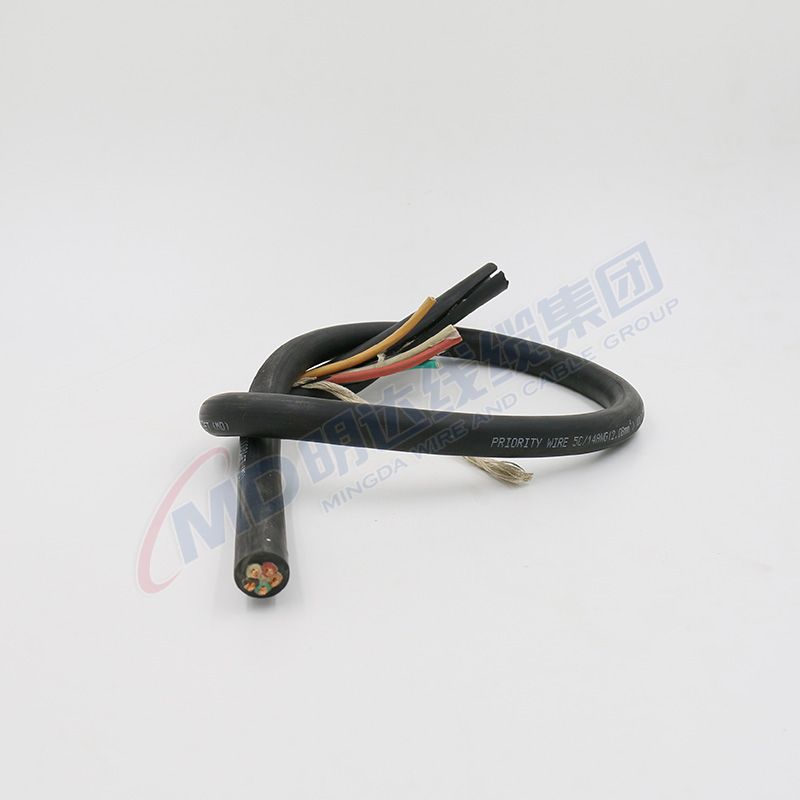Aug . 31, 2024 07:39 Back to list
Electric Cable Wire - High-Quality Electrical Wiring Solutions
Understanding Electric Cable Wires Essential Components of Modern Electrical Systems
Electric cable wires are integral elements of modern electrical systems, playing a crucial role in the transmission and distribution of electricity. These cables are designed to carry electrical current safely and efficiently, ensuring that energy reaches its intended destination without loss or interference.
The fundamental structure of an electric cable wire typically consists of three main components the conductor, insulation, and protective sheath. The conductor, usually made from copper or aluminum, facilitates the flow of electrical current. Copper is often preferred due to its excellent conductivity and flexibility, while aluminum is chosen for its lightweight properties, especially in high-voltage applications.
Insulation encases the conductor, preventing accidental contact and minimizing the risk of short circuits or electrical fires. The choice of insulation material—such as PVC, XLPE, or rubber—depends on the specific application and environmental conditions. PVC (polyvinyl chloride) is commonly used for its durability and resistance to moisture, while XLPE (cross-linked polyethylene) offers higher thermal resistance, making it suitable for high-temperature applications.
electric cable wire

The protective sheath further enhances the cable’s durability, shielding it from physical damage, chemicals, and environmental factors. This additional layer is particularly important for cables exposed to harsh conditions, such as those used in outdoor installations or industrial settings.
Electric cable wires come in various configurations and sizes, catering to different applications—from low-voltage household wiring to high-voltage transmission lines. Moreover, compliance with safety standards, such as those set by the National Electrical Code (NEC) in the United States, is paramount to ensure safe installation and operation.
In addition to their functional aspects, electric cable wires also contribute to energy efficiency efforts. With advancements in technology, manufacturers are developing cables with reduced resistive losses, enhancing overall energy efficiency. This focus on sustainability aligns with global efforts to reduce carbon footprints and promote greener energy solutions.
In conclusion, electric cable wires are indispensable components of contemporary electrical infrastructure. As technology continues to evolve, these cables will increasingly support the growing demand for electrical energy, ensuring safe, efficient, and reliable power distribution across various sectors, from residential to industrial applications. Understanding their structure and function is essential for anyone involved in the electrical engineering and construction industries.
Share
-
Reliable Wafer Type Butterfly Valves for Every IndustryNewsJul.25,2025
-
Reliable Flow Control Begins with the Right Ball Check ValveNewsJul.25,2025
-
Precision Flow Control Starts with Quality ValvesNewsJul.25,2025
-
Industrial Flow Control ReliabilityNewsJul.25,2025
-
Engineered for Efficiency Gate Valves That Power Industrial PerformanceNewsJul.25,2025
-
Empowering Infrastructure Through Quality ManufacturingNewsJul.25,2025